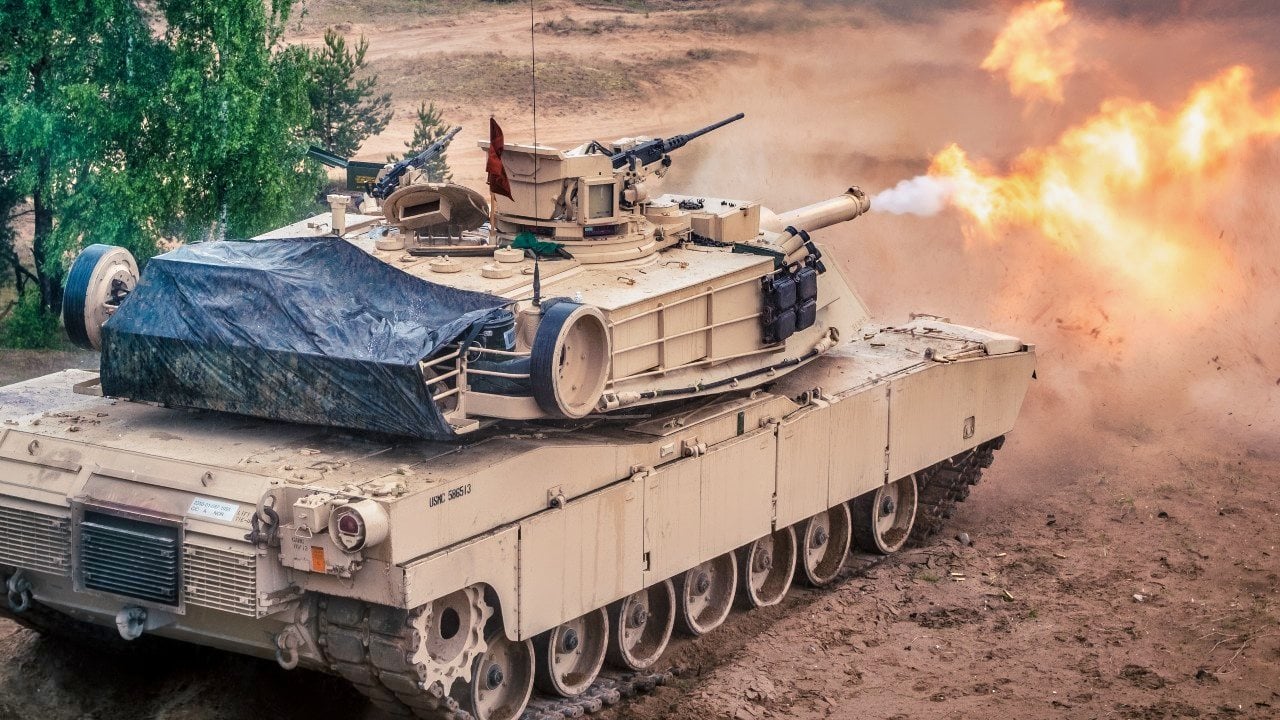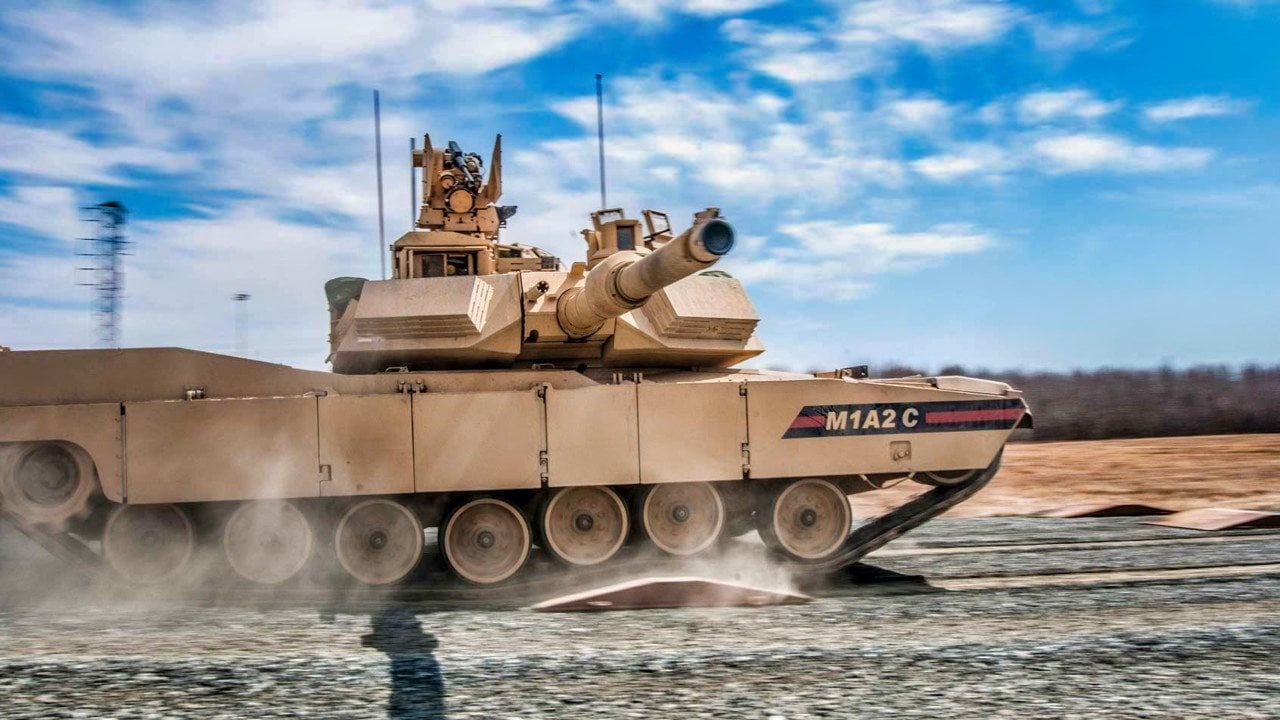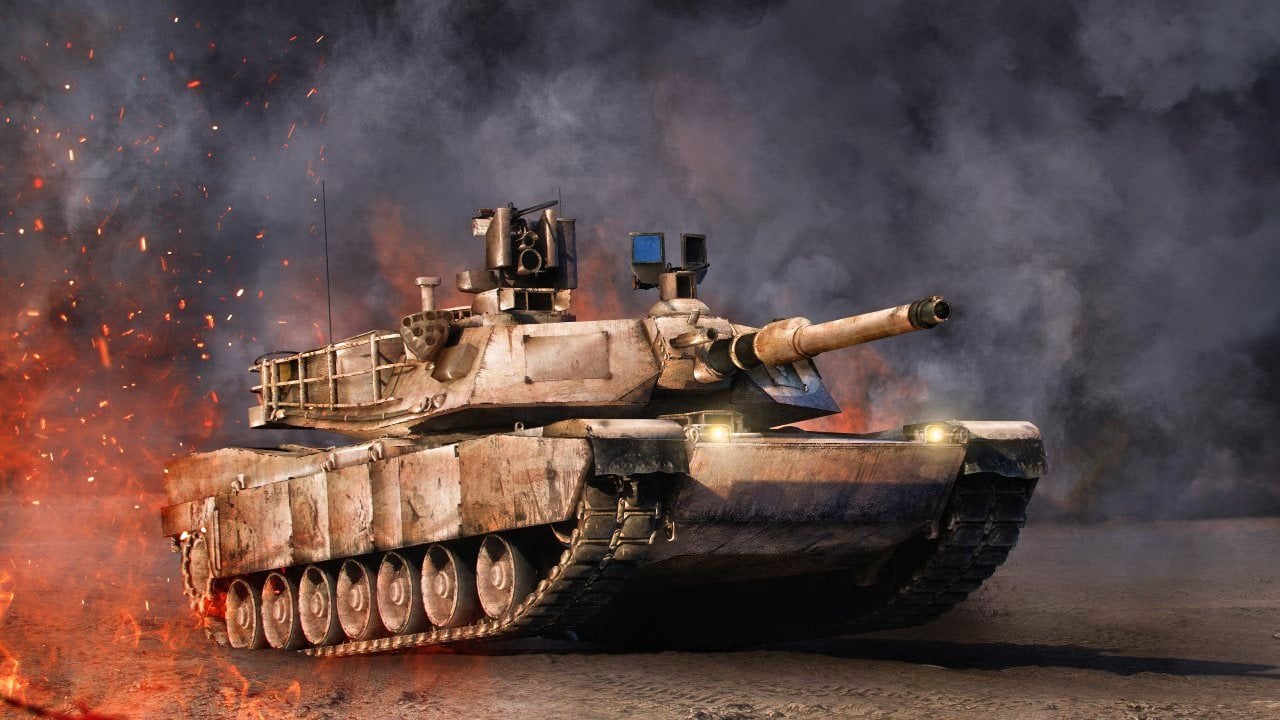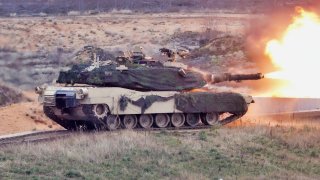Ukraine Needs More M1 Abrams Tanks Now
Providing sufficient M1 Abrams tanks now would help Ukraine repel Russian attacks over the winter and set it up for a more vigorous spring offensive.
Despite predictions for a swift victory in Ukraine, first by Moscow and then by Kyiv, the war in Ukraine is becoming what should have been expected from the outset: a long and difficult slog. Having been pushed by its Western backers into conducting an ill-advised major fall offensive before it had received sufficient Western armaments, Ukraine is now facing the challenging prospect of fending off Russian efforts to bleed its army dry while it prepares to go on offense next spring.
If there is any hope for a Ukrainian victory, it rests on NATO nations, particularly the United States, providing it with sufficient advanced weapons and munitions to break through Russian defenses successfully. Ukraine urgently needs armored fighting vehicles, especially main battle tanks (MBTs) such as the M1 Abrams. Now is the time to send these tanks to Ukraine on the scale of hundreds.
The Ukrainian fall offensive was less successful than hoped. While some Western sources blamed Ukrainian leadership for poor operational planning, the reality is that Ukraine’s Armed Forces had little chance of success against the large, well-armed, and dug-in Russian Army. No country has specialized more in industrial-age warfare, with more emphasis on the mass of both troops and equipment, than Russia. Ukraine began the war with a small military and limited access to advanced hardware with which to counter Russian strength. The primary reason for Ukraine’s struggles has been the lack of an adequate supply of weapons and munitions. Ukraine has suffered from a lack of advanced long-range precision fires, air defenses, munitions of all kinds, and main battle tanks.
It is hard to overestimate the importance of MBTs in modern high-intensity land warfare. Russia and Ukraine have demonstrated that it is impossible to conduct large-scale offensive operations without an adequate supply of them. As documented by Oryx, tank losses on both sides are testimony not to the vulnerability of armored platforms but rather to their centrality in mobile warfare, even in an era of precision munitions and advanced drones.
Russia began the war with a larger inventory of tanks than Ukraine. In the face of heavy losses, it has maintained a substantial force of main battle tanks in the field due to Soviet-era stockpiles. It has also accelerated the production of a number of MBT variants. While many of Russia’s tanks are obsolescent, Ukraine’s lack of sufficiently modern tanks and armored fighting vehicles gives Russian forces a distinct and possibly decisive advantage.
A handful of MBTs are included in the array of military equipment sent by the U.S. and NATO countries over the past two years. In addition to obsolescent T-72s from Eastern European countries, some NATO members have sent modern MBTs. These include fourteen Challenger 2s from the UK; around 100 Leopard 2s from Germany, Denmark, and the Netherlands; and thirty-one of the world’s best MBT, the M1 Abrams, from the United States. While these reinforcements may have helped stem Russian attacks in the autumn, Ukraine never received enough tanks to provide the powerful armored punch necessary for a breakthrough in Russian defenses.
Now, Russia is seeking to crush Ukraine in a series of local offensives, throwing its superior manpower and stockpiles of tanks, artillery, and drones into the battle. It is also building up its weapons inventories for heavier fighting next year. Ukraine needs additional assistance both to hold the line this winter and prepare for renewed offensive operations in the spring.
If the West intends to see Ukraine prevail, it must provide modern equipment in greater numbers. Kyiv has begged for additional long-range precision fire systems, air defenses, and armored fighting vehicles. Ukraine needs HIMARS rocket artillery systems with the longer-range ATACMS missile, Patriot and NASAMS air defense systems, and especially the M1 Abrams from the United States. If Washington is intent on meaningfully supporting Kyiv, it should flood Ukraine with M1s.

Poland recognized the importance of armor in its plans to build an army capable of deterring Russian aggression. To that end, Warsaw prioritized replacing its Soviet-era MBTs with modern Western armor. It also prioritized ensuring interoperability with U.S. Armored Brigade Combat Teams (ABCTs) on continuous rotational deployment in Poland by purchasing MBTs operated by U.S. forces. Consequently, Warsaw is acquiring over 350 M1s, a combination of 116 older M1A1s with 250 up-to-date M1A2s. M1A1s have already begun to arrive in Poland.
Ukraine’s need for MBTs is immediate. Part of the solution is to send M1A1s slated for delivery to Poland to Ukraine and later send more modern M1A2s out of new production to Poland. Although this will shift the schedule for Poland’s Abrams deliveries, that is a risk Poland can afford to take if Ukraine’s military is given the means to hold off or even defeat Russian forces.

In addition, there are hundreds of excess M1A1s in storage. These are platforms that the Marine Corps gave up in order to implement its Force Design 2030. Many of these are highly serviceable and could be sent to Ukraine rapidly.
Providing sufficient MBTs now would help Ukraine repel Russian attacks over the winter and set it up for a more vigorous spring offensive. As concerns grow that Washington has taken its eyes off the war in Ukraine due to the conflict in the Middle East, an announcement of a deal to send hundreds of M1s to Ukraine would bolster not only Ukraine’s military capabilities but will continue the fight.

Washington should also push Warsaw to reconsider its plan to acquire nearly 1,000 South Korean K2 MBTs and instead purchase additional Abrams. Buying the K2 is a bad idea. It is one of the most expensive MBTs in the world. It is also an unproven platform and incompatible with the Abrams operated by American ABCTs. Instead, once additional Abrams have been sent to Ukraine, Warsaw and Washington must agree to provide the former with hundreds of the most modern Abrams variants available.
About the Author
Dr. Dan Goure is Senior Vice President of the Lexington Institute, a nonprofit public-policy research organization headquartered in Arlington, Virginia. Previously, he served as the Deputy Director of the International Security Program at the Center for Strategic and International Studies. He can be followed on X at @dgoure.
Images: Shutterstock.com.

